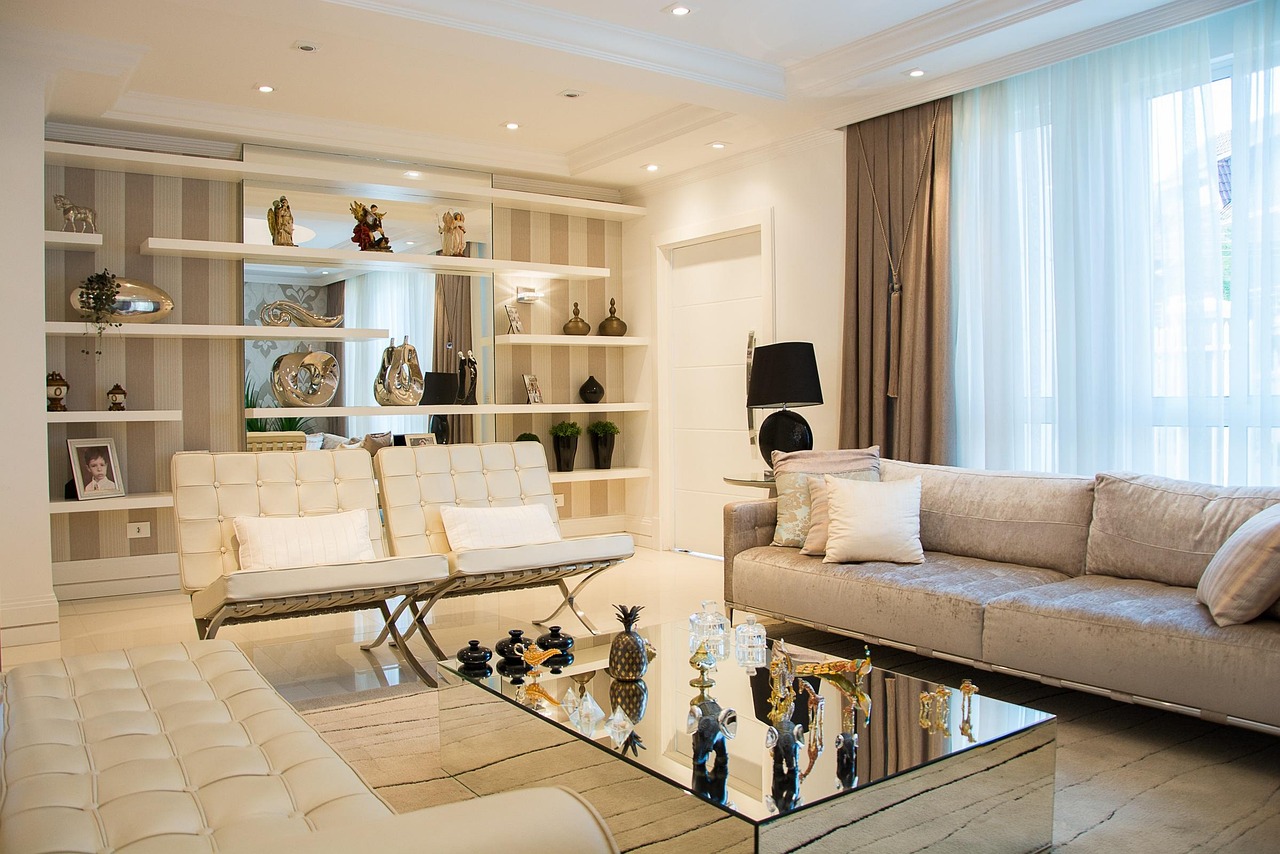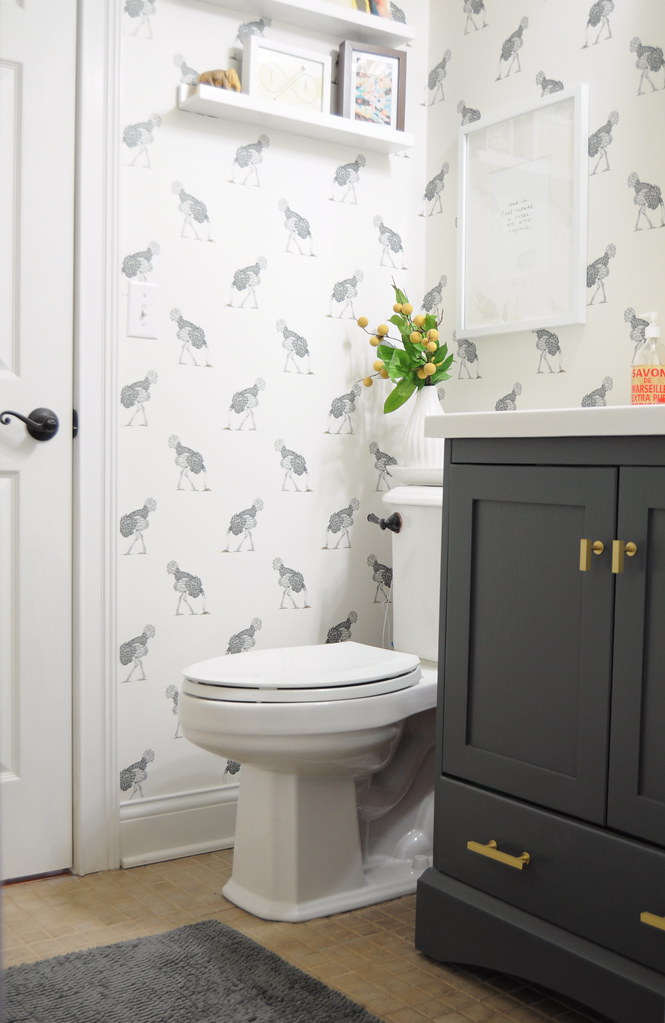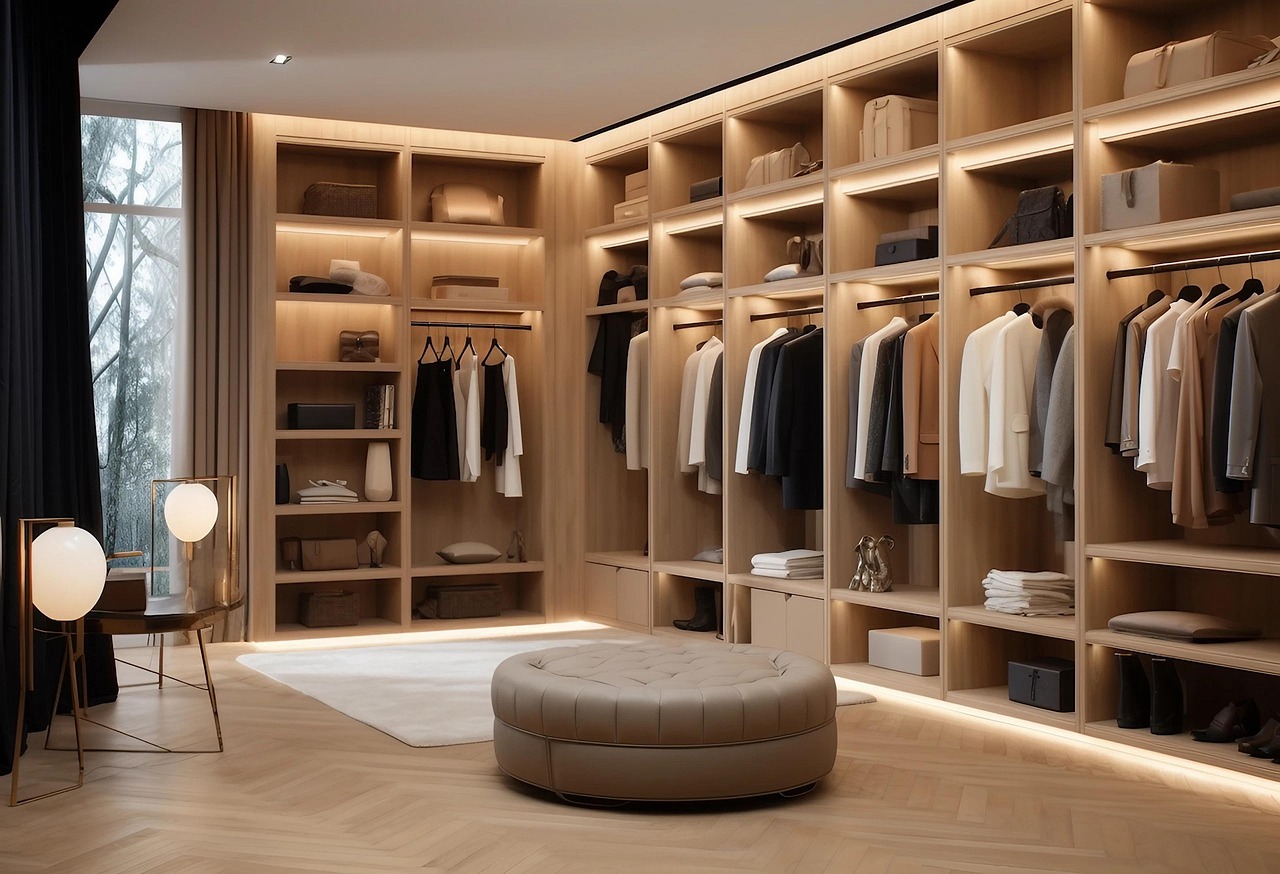The Power of Lighting: Transforming Spaces Without Breaking the Bank
The right lighting can instantly elevate any room from basic to breathtaking, and you don’t need to spend a fortune to achieve this transformation. According to interior design studies from 2024, strategic lighting placement accounts for up to 70% of a room’s perceived value and sophistication. Warm white LED bulbs with a color temperature of 2700K create that coveted expensive ambiance that mimics high-end hotel lighting. Dimmer switches, which cost as little as $15 to install, give you control over mood and atmosphere throughout the day. Table lamps from discount retailers paired with high-quality lampshades can fool even the most discerning eye. The secret lies in layering different light sources – ambient, task, and accent lighting – to create depth and visual interest that screams luxury.
Mirror Magic: Creating Illusions of Space and Light
Mirrors are perhaps the most underestimated weapon in the budget decorator’s arsenal, capable of doubling the perceived size of any room while adding instant glamour. Large mirrors from home improvement stores, when properly framed or grouped together, can mimic the look of expensive architectural features. The trick is placement – positioning mirrors opposite windows reflects natural light and creates the illusion of additional windows, a technique used in million-dollar homes. Gallery walls of small mirrors in mismatched frames create an eclectic, collected-over-time look that suggests worldly sophistication. Even a single oversized mirror can serve as statement art, replacing the need for expensive paintings or photographs. The key is to think of mirrors not just as functional items, but as decorative elements that manipulate light and space.
Textiles That Tell a Story: Luxury Fabrics on a Budget
The fastest way to inject expensive-looking style into any space is through carefully chosen textiles that add texture, warmth, and visual weight. Velvet curtain panels from discount retailers, when hung high and wide, create the illusion of custom window treatments that cost thousands. Layering different textures – a chunky knit throw over a smooth leather chair, or silk pillows mixed with linen cushions – creates the kind of tactile richness found in high-end interior design. Faux fur accents and quality cotton or linen bedding in neutral tones provide the foundation for a sophisticated color palette. The secret is in the details: investing in one or two higher-quality pieces, like a genuine wool area rug, while mixing in budget finds creates an authentic, curated look. Fabric can transform everything from furniture to walls, making even the most basic pieces look custom and expensive.
The Art of Arrangement: Creating Designer Vignettes

Professional stylists know that the way objects are arranged often matters more than the objects themselves, and this principle can transform budget finds into magazine-worthy displays. The rule of thirds – grouping items in sets of three with varying heights – creates visual balance that looks intentional and sophisticated. Books stacked horizontally with a small plant or decorative object on top instantly create the kind of styling seen in luxury homes and hotels. Coffee table arrangements using a tray to corral smaller items, fresh flowers or greenery, and one statement piece create focal points that draw the eye. Even bathroom counters and bedside tables benefit from this approach – a small tray with a candle, a small plant, and a beautiful soap dispenser can elevate the most basic spaces. The key is editing ruthlessly and leaving breathing room between objects, a hallmark of expensive interior design.
Paint: The Ultimate Budget Transformer
Nothing transforms a space faster or more affordably than the right paint color, and current trends favor rich, sophisticated hues that create instant drama and depth. Deep jewel tones like emerald green or navy blue on accent walls create the kind of moody sophistication seen in high-end restaurants and boutique hotels. According to 2024 color trend reports, warm terracotta and sage green are replacing the stark whites and grays of previous years, offering more personality and warmth. The key to expensive-looking paint jobs lies in the prep work and finish quality – taking time to properly prime and use high-quality brushes creates smooth, professional results. Two-tone paint treatments, like painting trim and walls in slightly different shades of the same color, add architectural interest without the cost of actual molding or trim work. Even painting the ceiling a shade darker than the walls can create the kind of envelope effect that makes rooms feel more intimate and designed.
DIY Molding and Trim: Architectural Details That Wow
Adding architectural details through simple DIY molding projects can give any room the kind of built-in character that suggests old-world craftsmanship and attention to detail. Board and batten wainscoting, created using simple lumber from the hardware store, transforms plain walls into sophisticated focal points for under $100 per room. Crown molding, while intimidating to many homeowners, can be installed by beginners using lightweight foam alternatives that look identical to expensive wood molding. Picture frame molding on walls creates the impression of custom paneling and provides a backdrop for artwork or mirrors. Even simple baseboards, when painted in a contrasting color to the walls, add instant architectural interest and make ceilings appear higher. The key is precision in cutting and installation – taking time to measure twice and cut once ensures professional-looking results that rival expensive custom millwork.
Strategic Furniture Placement: Making Rooms Look Larger and More Expensive
The way furniture is arranged can make even budget pieces look more expensive and make small rooms appear spacious and well-planned. Floating furniture away from walls creates the illusion of more space and mimics the layout techniques used in high-end interior design. Creating conversation areas with furniture angled toward each other, rather than pushed against walls, makes rooms feel more intentional and sophisticated. Mixing furniture heights and shapes – a round coffee table with a rectangular sofa, or a tall floor lamp next to a low bookshelf – creates visual interest that suggests a curated, collected-over-time aesthetic. Area rugs that are properly sized for the space, with all furniture legs either on or off the rug, instantly make rooms look more expensive and pulled-together. The key is to think of furniture arrangement as creating “rooms within rooms” – distinct areas for different activities that flow naturally together.
Greenery and Natural Elements: Bringing Life and Luxury Indoors

Plants and natural elements are among the most affordable ways to add life, color, and the kind of organic luxury that defines high-end spaces. Large-scale plants like fiddle leaf figs or snake plants create dramatic focal points that rival expensive sculpture or artwork. Grouping plants of different heights and textures in corners or along windowsills creates the kind of lush, garden-like atmosphere found in luxury hotels and spas. Fresh flowers, even from the grocery store, when arranged in simple glass vases or repurposed containers, add instant elegance and sophistication. Natural elements like wooden bowls, stone accessories, or woven baskets bring texture and warmth that softens modern spaces and adds organic interest. The key is choosing plants that thrive in your specific lighting conditions and maintaining them well – nothing looks less expensive than dying or neglected greenery.
Hardware Upgrades: Small Changes with Big Impact

Updating cabinet hardware, light switch covers, and door handles is one of the most cost-effective ways to make a space look more expensive and recently renovated. Brushed brass and matte black finishes are trending in 2024 and 2025, offering more sophistication than traditional chrome or silver hardware. Cabinet pulls and knobs in matching finishes throughout a home create cohesion and the kind of attention to detail that suggests professional design. Switch plates and outlet covers in matching metal finishes, rather than basic plastic, add polish to every room for minimal cost. Even simple upgrades like replacing basic doorknobs with more substantial hardware can make doors feel more solid and expensive. The key is consistency – choosing one finish and using it throughout the space creates a cohesive, intentional look that appears more expensive than mixing multiple finishes randomly.
Clever Storage Solutions: Organization That Looks Intentional

Beautiful storage solutions serve double duty, keeping spaces organized while adding to the overall aesthetic in ways that suggest expensive built-ins and custom solutions. Floating shelves, when styled with a mix of books, plants, and decorative objects, create the kind of curated displays seen in high-end homes and showrooms. Baskets and bins in natural materials like wicker or linen hide clutter while adding texture and warmth to rooms. Built-in looking storage can be achieved using simple bookcases flanked by matching accessories or even curtains to create the illusion of custom cabinetry. Under-bed storage in beautiful boxes or baskets keeps bedrooms tidy while maintaining the serene, uncluttered look of expensive hotel suites. The secret is choosing storage that enhances rather than detracts from your decor – pieces that you’d be happy to display even when they’re not serving their storage function.

Renowned for her warm and inviting aesthetic, Joanna Gainsley has revolutionized modern farmhouse design. In The Cozy Home Guide, she shares practical tips on how to make any space feel like a sanctuary.
